Bluettes
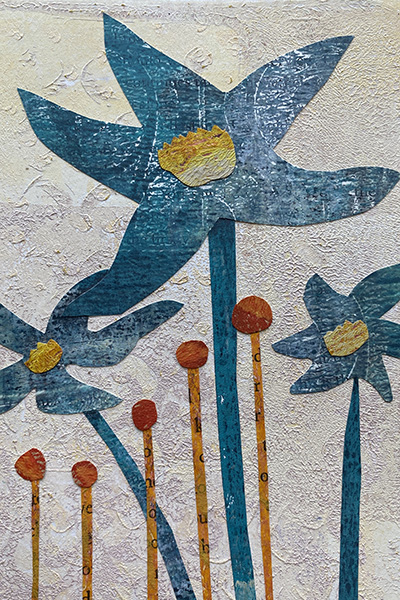
Habitat: Unragie Point
Size: 24–36" tall; flowers can reach up to 10" wide
Noted: There are few reasons to visit the windswept peninsula of Unragie Point, but when the conditions are right, the bluettes bloom in force, converting the spindly strip of land into an ocean of tall sea-blue flowers. Though a glorious sight, the flowers emit a noxious odor that keeps all but the most determined away, and if that were not enough, they also attract dreaded singing beetles.
Pocket Fruit
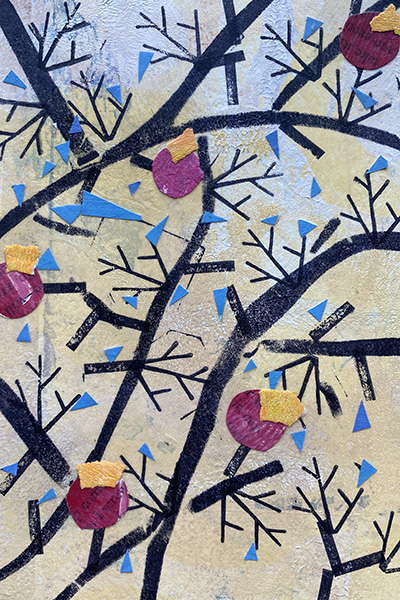
Size: bramble bushes; up to 8' tall
Uses: Pocket fruit are a much-loved Cordican treat, for anyone willing to brave the thorns and brambles.
Noted: Cordican families jealously guard their ancestral tools and techniques for collecting the fruit. The rivalries take center stage at competitions and bake-offs held during an annual festival celebrating the abundance of the island.
Poppers
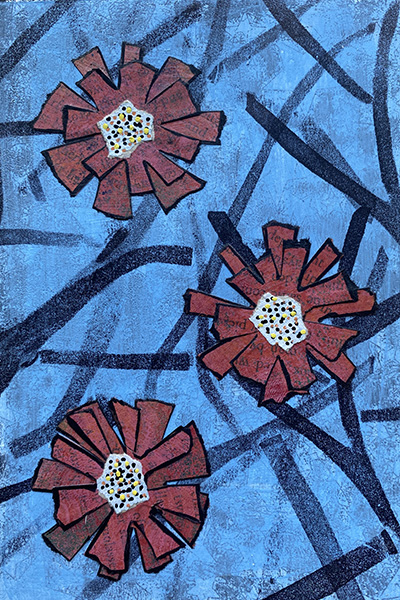
Size: flowering bush; about 2' tall and 3' wide
Uses: Ground popper seeds make a powerfully hot spice that is sought out by adventurous eaters. It is also collected by those who believe it may be a key ingredient to flame breath.
Noted: Popper seeds can fetch high prices, but the locals show no interest in collecting them, partially because their habitat crosses into Toothy Alphonse territory.
Pippin's Pinwheels
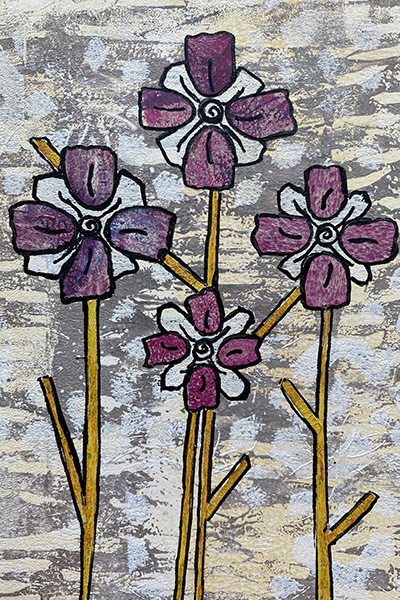
Size: up to 3' tall
Ecology: Pippin's Pinwheels grow in even the most barren areas in Harid and are beloved by many of the region's creatures, including punky brush-hogs who have been known to devour them from roots to petals.
Noted: This flower is named for one of the early settlers of Harid Hills who is best remembered in the historical accounts "Hills to Remember."
Copper Tree
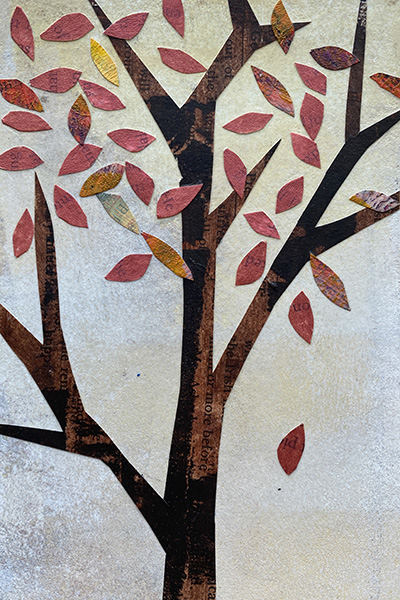
Size: up to 20' tall
Noted: Copper trees are petite delicate trees that are on the brink of extinction. Their leaves are thick and coppery year-round and gleam brightly, making them prized finds for many arts and alchemical practices. The wood is also highly sought after. A small but vocal group of Inalas residents have joined together to protect the remaining trees—by any means necessary.
Tin-Tan Tree
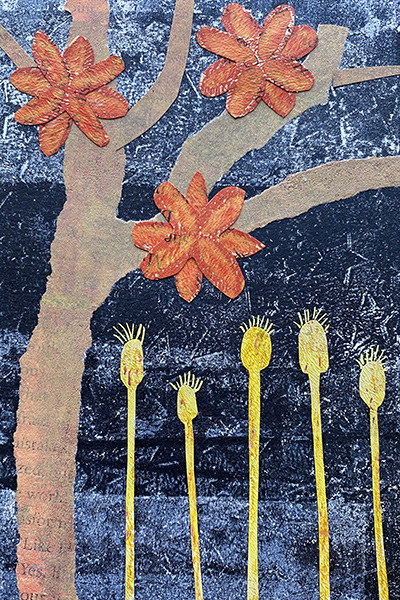
Size: up to 40' tall
Noted: The tin-tan tree only flowers briefly in the cooler winter months. During this time, tourists will come visit the best-known groves and individual trees. Some of the more ancient and most spectacular specimens are kept under guard or on walled estates. The tin-tan tree appears in Irancan lore as both a symbol for good fortune and a warning that wealth, beauty, and prosperity may be fleeting.
Farah's Foly ("Follies")
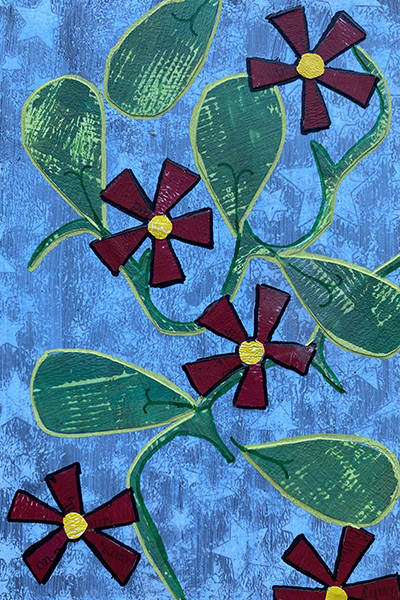
Habitat: Blaskie Woods
Size: vines; flowers are about 2" wide
Noted: This plant is named for the fabled Princess Farah, said to have fled into the woods only to die there. Variations of the tale change the reasons for her flight from the Empire, depending on the political views of the storyteller. Even the symbolism of the flower changes. Was the princess foolish to flee? Or were her failures in the forest her folly
Purple Water Meela
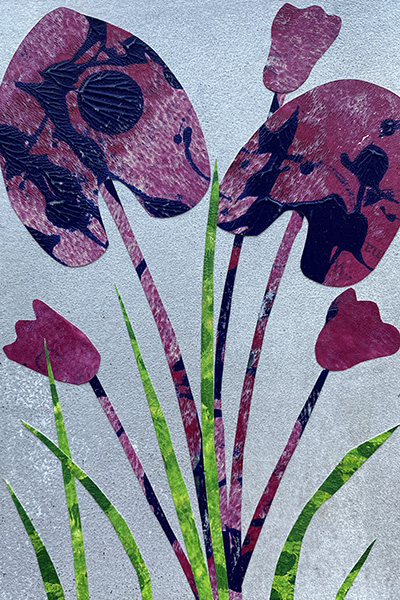
Habitat: lakes, ponds and wetlands in the Overgrowth
Size: 18–24" tall
Uses: Teas made from the roots are used to improve sleep and reduce anxiety.
Ecology: Purple water milas grow plentifully when the setting is right. While blooming, they attract singing salamanders and Elvitz Turtles.
Noted: "Meela" and "Meelo" are common given names in the Overgrowth.
Birninio
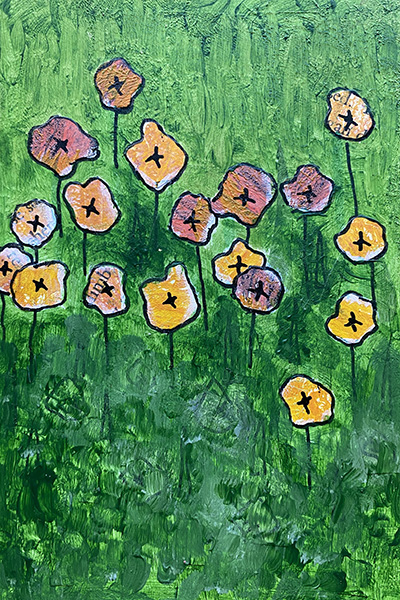
Size: 5–7" tall
Uses: The leaves are used as sweeteners and are featured in a popular local candy called Birnies.
Noted: Birninios are the symbol used for Alphinsa, the Goddess of Mornings (and all things fresh and new), especially beloved in Rayline. Legend has it that the flowers grow along the paths that the Goddess takes through the jungle and that her goodness is what gives the leaves their sweetness.
Allendra
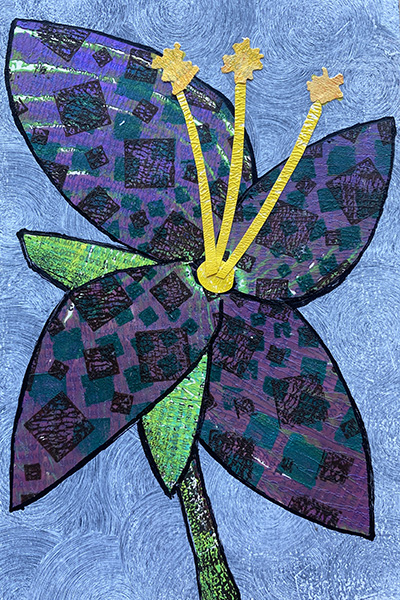
Size: 18–24" tall
Uses: Different parts of this potent plant have unique uses including inducing sleep, counteracting venomous spider and snake bites, and curing warts. Allendra is notoriously difficult to cultivate, and the stems cause painful rashes if not handled correctly.
Noted: Skilled allendra gatherers can make a good living, but not an easy one—the mountains and the flowers can both be brutal.
Chaos Flowers
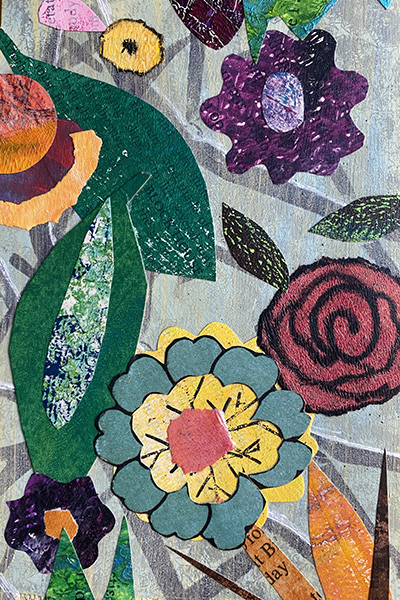
Habitat: Ixari Desert
Size: wildly variable
Uses: Different parts of this potent plant have unique uses including inducing sleep, counteracting venomous spider and snake bites, and curing warts. Allendra is notoriously difficult to cultivate, and the stems cause painful rashes if not handled correctly.
Noted: Chaos flowers are a marvel. They bloom at hard-to-predict intervals and in unlikely locations. It isn't unheard of for them to shoot up ten feet overnight on barren ground. But they don't last; equally suddenly, they crumble into fine dust. Though awesome to behold, travelers to see these plants are noted to have felt wary around them, and some have even cautioned that they may be sentient.
Pinchweed
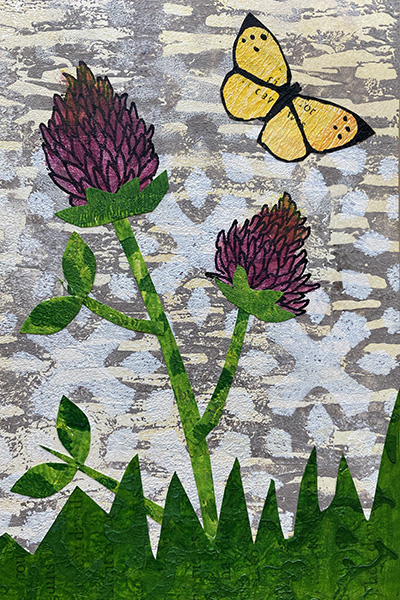
Habitat: Plackadill Mountains
Size: up to 18" tall
Uses: Depending on when it is collected and how much sun the plant has gotten, pinchweed can be used for both medicinal and nefarious purposes. The plant is familiar to those in the Plackadill mountains, but is virtually unknown elsewhere.
Ecology: Pinchweed is at the base of the food chain and feeds a diverse group of creatures, from insects to furry mountain aspinas.
Graviskies
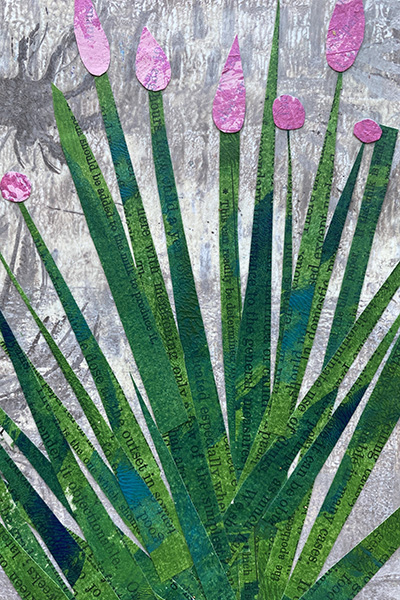
Size: up to 2' tall
Colors: whites and pinks
Uses: bulbs are harvested and eaten, similar to onions
Noted: Graviskies are used in a children's game in which a child will pull out a long flowering stem and give chase calling out, "Gravitsky, gravistky, can't catch me, but I'll catch you!" The flower is used to tag another child who then takes the flower, or, more commonly, grabs their own.
Sybil's Sunflowers
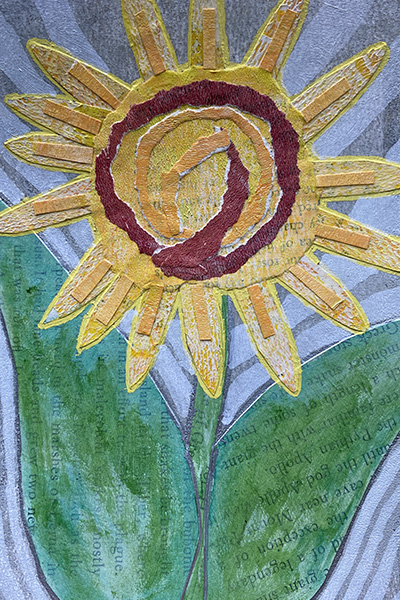
Habitat: grow abundantly in open fields on Dolinia and small neighboring islands
Size: up to 8' tall; flowers can get up to 3' wide
Ecology: The shade created by a grove of these sunflowers is home to many creatures, and the seeds are important to their diets.
Noted: Sybil was a local folk heroine who was a blonde giantess, radiant as the sun. She protected Dolinia in ancient battles with a clan of sea witches.
Lixos
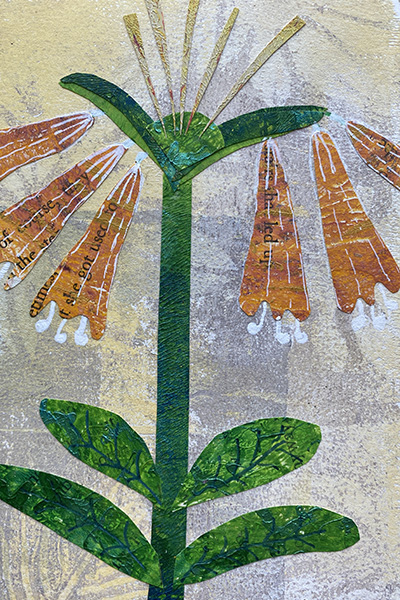
Habitat: Xilo valley and lower slopes of the Xilocent mountains
Size: 6–8" tall
Colors: from pale yellow to deep orange
Ecology: This delicate flower blooms in wide swaths after morning rains. It has no known uses and dies quickly if picked or transplanted, but for those lucky enough to see it in bloom, it is an uplifting sight.
Valdonia
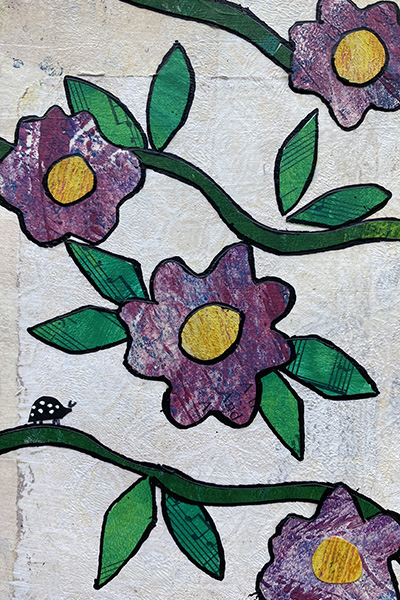
Habitat: Big Zies Island
Size: vines; flowers are 4–6" wide
Uses: Valdonia vines are used to create marketable goods that the islanders take to the mainland to sell. The vines are dried and used for weaving baskets, mats, and other home goods. The flowers are strongly scented and used to make perfumes.
Ecology: Valdonia vines are plentiful on Big Zies, but have failed to take root off-island.